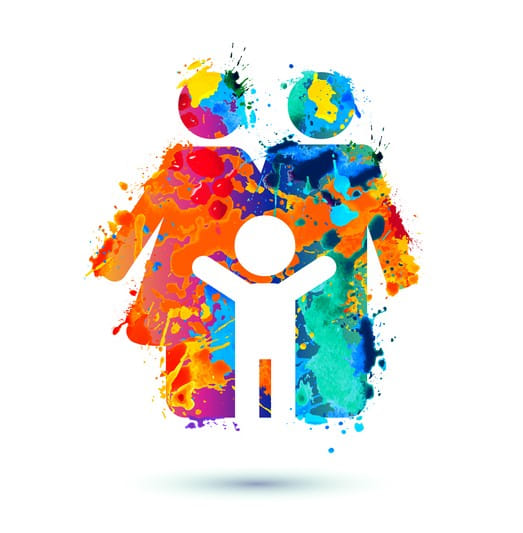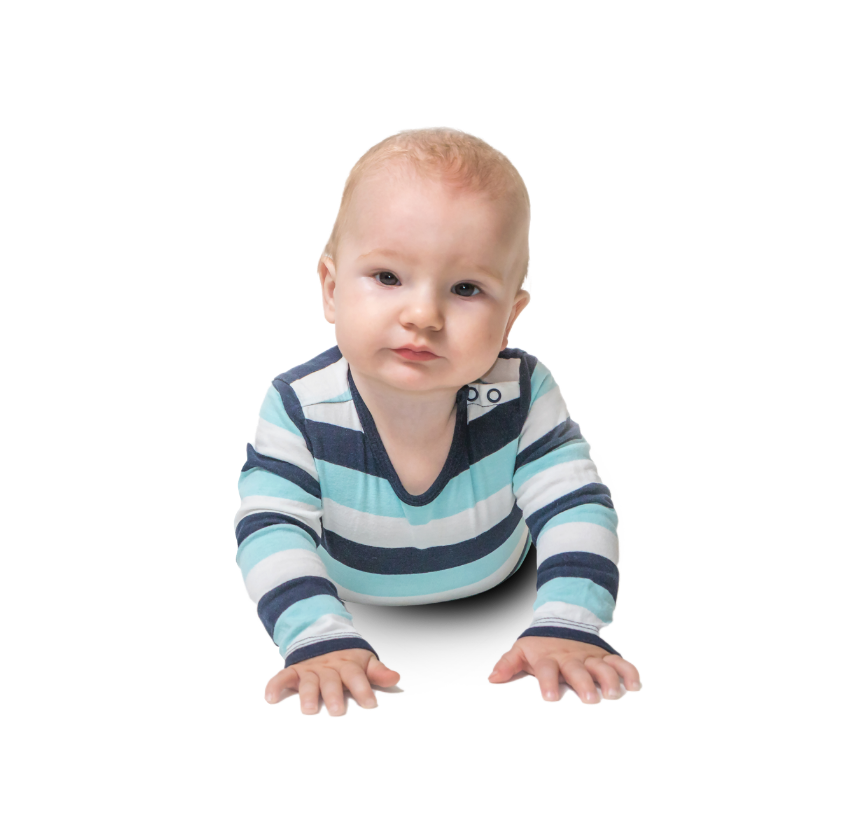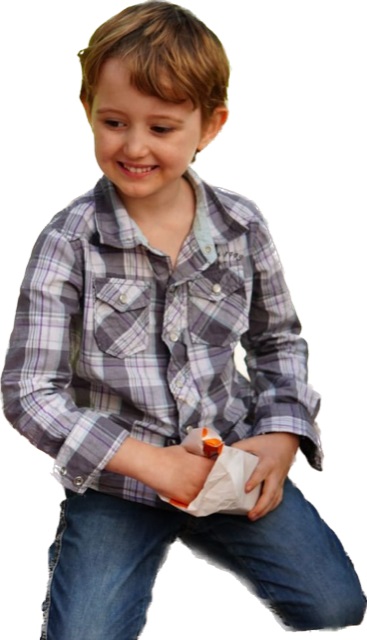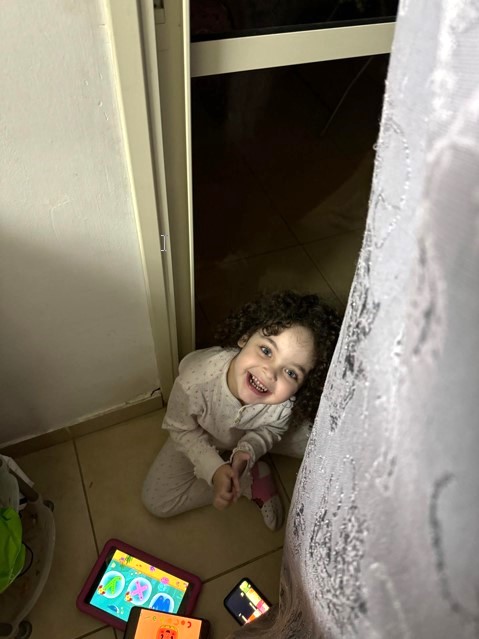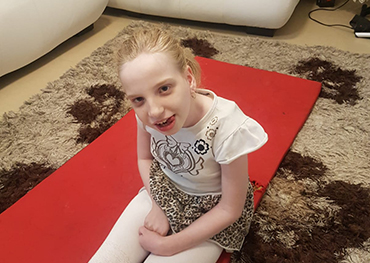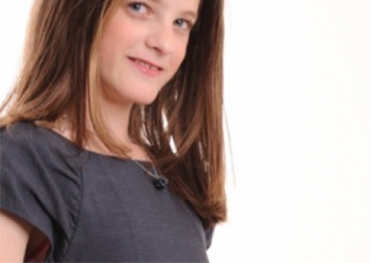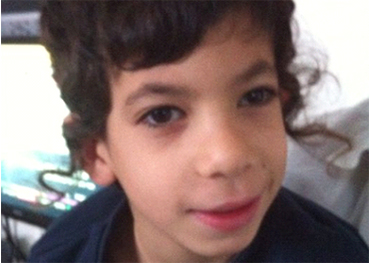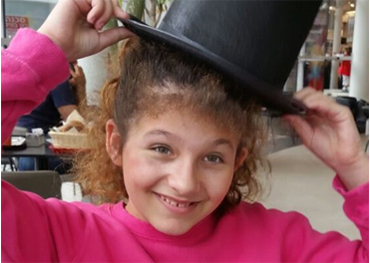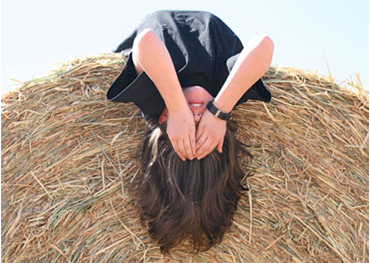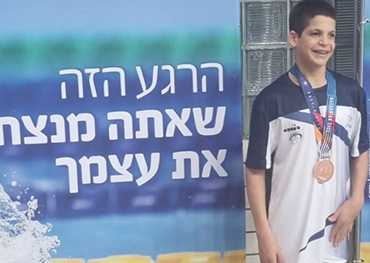BBT-
is a functional therapeutic thinking that allows for optimal and minimal alignment and compensation of internal forces, both during movement (weight transfers and control) and in different body-holding positions (weight-bearing and control) against external forces, whose main structure is gravitational force. This activity requires a body capable of synergistically coordinating and producing what is required of it without the need for cognitive effort.


CP - Cerebral Palsy
After the brain damage, which in itself does not change, the body is forced to cope with the deficiency it left behind.
More info >

Idiopathic Toe Walking
Part of the understanding that there are children who walk on their toes, should include the assumption that any way the
...
More info >

Falls in elderly
A device that evaluates and can help improve control of the
base of support (BoS), in standing possession to advance ba
...
More info >
Balance 4U
A device that evaluates and can help improve control of the
base of support (BoS)
מידע נוסף
article title
Lorem ipsum dolor sit amet, consectetur adipiscing elit. Aenean nisi quam, vehicula nec neque id.
מידע נוסף
Cerebral palsy (CP) with therapeutic thinking and advanced treatment
In our treatment, we place special emphasis on the motor and sensory system responsible for achieving and
מידע נוסף
What is ‘successful rehabilitation’?
Provision and receipt of person and family centred care was the most important indicator of successful
מידע נוסף
article title
Lorem ipsum dolor sit amet, consectetur adipiscing elit. Aenean nisi quam, vehicula nec neque id.
מידע נוסף

Eight weeks of proprioceptive neuromuscular facilitation stretching and static stretching do not affect muscle-tendon properties, muscle strength, and joint function in children with spastic cerebral p
Manual stretching may not be appropriate for children with spastic cerebral palsy
מידע נוסף
'TIP'
Do we need to think about our goals ?
I know we do !!!!
Quality of Life is what is important.........
But what is QoL ???



